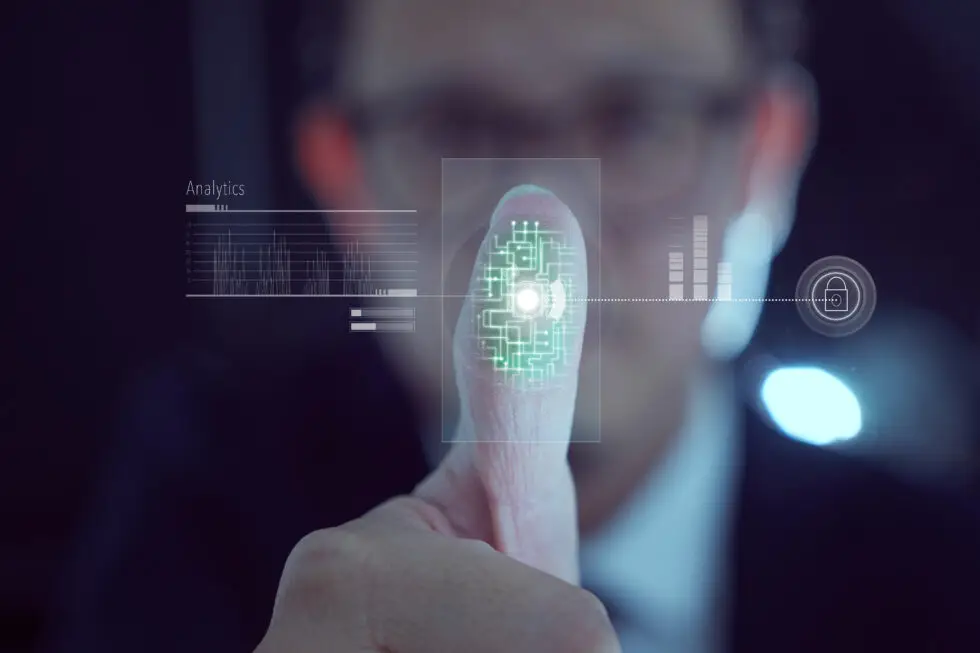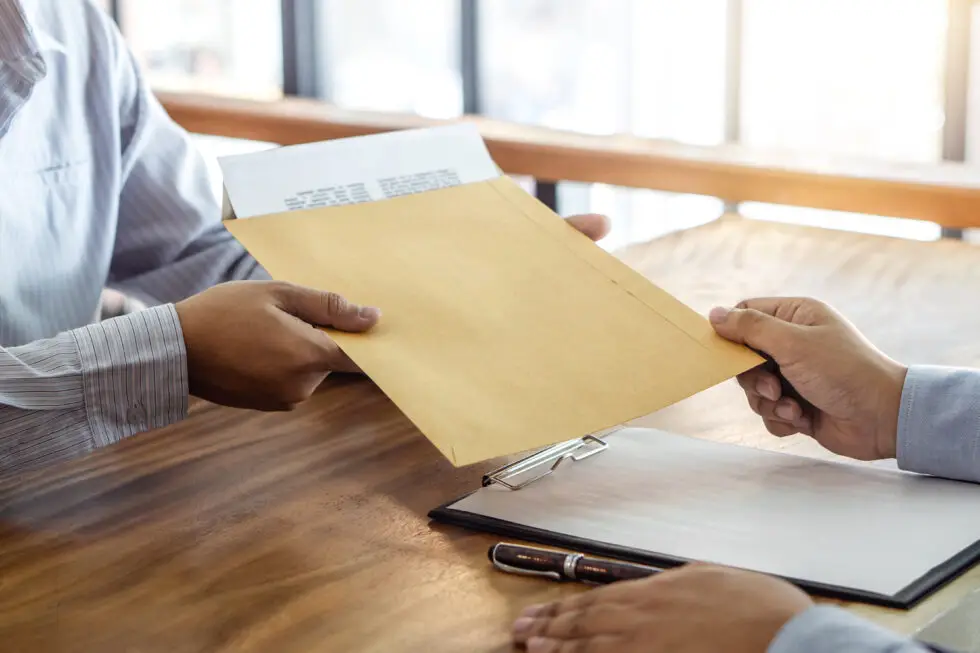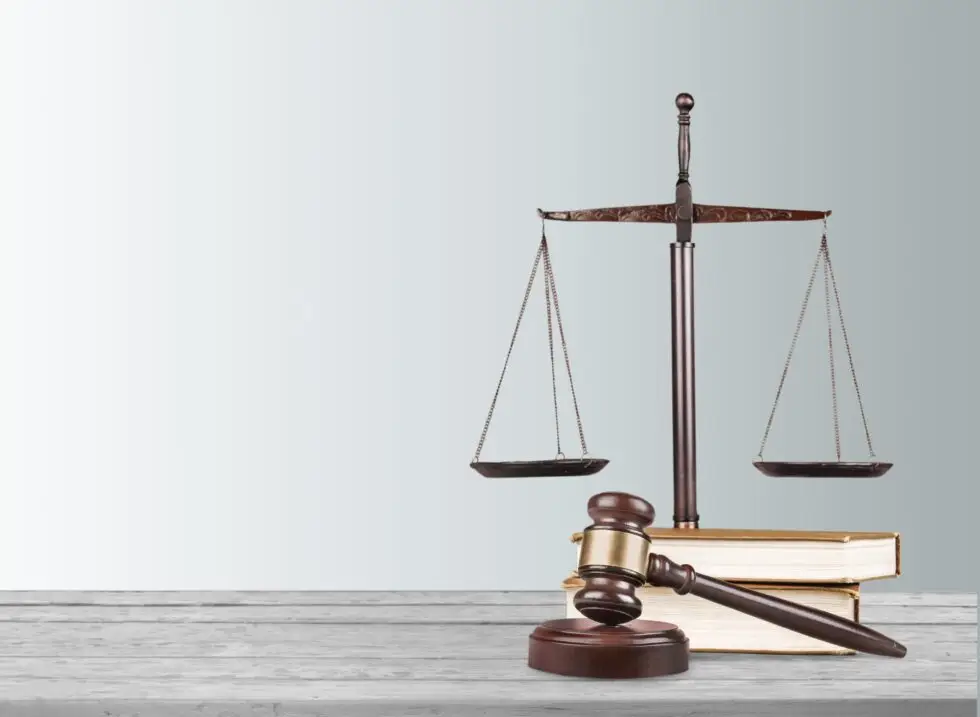Overview of § 49 AufenthG
If you are in Germany and your identity needs to be clarified, Section 49 of the Residence Act (AufenthG) plays a central role. This paragraph stipulates which measures the authorities may take to establish and secure your identity. Below you will find a detailed overview of the legal basis and the purpose of this identity check.
Legal basis and definition
§ Section 49 of the Residence Act for verifying, establishing and safeguarding the identity of a foreigner allows the competent authorities to collect and compare biometric data such as fingerprints and photographs. These measures serve this purpose:
- Verify the authenticity of your documents.
- to clearly establish your identity. Other authorities that receive data from the Central Register of Foreigners (AZR) are also authorized to carry out such identity checks.
Aim and purpose of the identity check with Section 49 AufenthG
The identity check pursuant to Section 49 AufenthG has several important objectives:
- Ensuring that your age, identity and nationality details are correct.
- Prevention of document forgery and identity fraud.
- Supporting the authorities in the implementation of immigration law.
These measures help to confirm your identity and create legal clarity, which is of great importance for your stay in Germany.
Meaning of Section 49 (8) AufenthG
A particularly important section is Section 49 (8) AufenthG. This regulates identity checks in the event of unauthorized entry:
- If you have entered the country without valid documents and are not turned back, identification measures must be carried out.
- This includes taking photographs and fingerprints of all ten fingers.
- For children under the age of six, the identity check is limited to taking a photograph.
Identity verification and assurance procedure
There is a structured step-by-step model for establishing your identity in accordance with Section 49 AufenthG, which ensures that your identity can be confirmed in various ways. An attempt is first made to prove your identity using existing documents before alternative methods are used.
Collection of biometric data with the step model
According to Section 49 (5), the recording of identity data is a necessary measure that must be carried out by the competent authorities. The exact procedure is described as follows. Quote § 49 para. 5 AufenthG:
The following situations require the use of Clarification of identity :
- If the foreign national wishes to enter or has entered the country with a forged or falsified passport or passport substitute.
- If there are other grounds for suspecting that the foreigner intends to re-enter the federal territory without authorization after a refusal or termination of residence.
- In the case of foreigners who are required to leave the country, if deportation or removal is an option.
- If the foreigner is rejected or deported back to a third country specified in Section 26a (2) of the Asylum Act.
- When applying for a national visa.
- In the case of foreign nationals who have been proposed for an admission procedure pursuant to Section 23, for the granting of temporary protection pursuant to Section 24 or for a redistribution procedure on the basis of measures pursuant to Article 78(3) of the Treaty on the Functioning of the European Union and who have been included by the Federal Office for Migration and Refugees in the examination of whether to grant an admission commitment, as well as in the cases of Section 29(3).
- If a reason for refusal has been established in accordance with Section 5 (4).
In principle, Clarification of identity is also carried out if foreigners who have entered the country without authorization and cannot be deported (in accordance with Section 15a AufenthG) are distributed before a decision is made on their whereabouts.
Below we explain the process of the step-by-step model that can be used at Clarification of identity :
Level 1: National passport
- First step: Presentation of a valid national passport.
- If the passport is missing: Written proof of the reason for the absence in order to proceed to the next stage.
Level 2: Other documents
Alternatives to the National Pass:
- Information from biometric data
- Birth certificate
- Driver's license
If these documents are missing:
- Documentation of the attempt to obtain such documents. This documentation is done in cooperation with the lawyer who accompanies you through the process and certifies your attempt to obtain documents.
Stage 3: Witness statements
- Next step: Use witness statements from family members whose identity has been established.
- If no witness statements are possible: Written proof of the reason.
Level 4: Own statements
- Last option: Your own statements, if you can plausibly explain why no other documents or witness statements are available.
If documentation is not possible according to the step-by-step plan, there may be subjective unreasonableness or objective impossibility. Examples of subjective unreasonableness are Eritrea, where a declaration of repentance must be made to clarify the identity, which is subjectively unreasonable for the applicant according to German law.
The objective impossibility is the example of Afghanistan. Afghanistan does not issue new passports. It is therefore objectively impossible for you to obtain a passport in this case.
Here we have presented the step-by-step model for you again in video form:
Authorities involved and their responsibilities
Which authorities are involved?
- Aliens authorities
- Registration authorities
- Federal Police
- BAMF
Pursuant to Section 49 (5) of the Residence Act, the Federal Office for Migration and Refugees is also involved in an admission procedure pursuant to Section 23 of the Residence Act for the granting of temporary protection with a residence permit pursuant to Section 24 of the Residence Act and distributes the foreigner within the federal territory once their identity has been established.
Responsibilities and tasks of the individual authorities:
- Collection and comparison of biometric data
- Verification of the authenticity of documents
- Cooperation and data transfer between the authorities
The power of the authorities is set out in the legal text. Section 49 (1) sentence 1 AufenthG states: "The authorities entrusted with the enforcement of this Act may, subject to the requirements of Section 48 (1), read the biometric and other data stored on the electronic storage and processing medium of a document pursuant to Section 48 (1) nos. 1 and 2, collect the required biometric data from the holder of the document and compare the biometric data with each other."
In general, Section 49 (6) AufenthG also states that in all cases of paragraphs 3 to 5 with the exception of paragraph 5 no. 5 (application for a national visa by you as the applicant), the authorities are permitted to carry out clarification by taking photographs and fingerprints or measurements.
The involvement of a doctor is also permitted as long as there is no physical harm to the person concerned.

Obligations of foreigners under Section 49 AufenthG
Obligation to cooperate according to § 82 AufenthG:
- Provision of all necessary information on age, identity and nationality
- Submission of documents and declarations
- Acceptance of identification measures
Consequences of non-compliance:
- Delays in the process
- Possible legal consequences and restrictions on the right of residence.
- If you do not comply with the obligation to cooperate, it may be suspected that you are in breach of a criminal offense under § 95 AufenthG.
Special regulations and exceptions to Section 49 AufenthG
In certain situations, special regulations and exceptions apply as part of the identity check in accordance with Section 49 AufenthG. These regulations are particularly relevant for underage foreigners and for cases in which no documents or forged documents are available.
Identity check for underage foreigners
Children under 6 years:
- Identity checks are carried out exclusively by taking a photograph.
Children between 6 and 14 years:
- Here, the ED treatment (target regulation) is carried out, i.e. the recording of personal and biometric data as for adults. The signature must be provided by an adult.
Young people aged 14 and over:
- Identity checks are carried out as for adults using photographs and fingerprints. Only the signature must be provided by an adult.
These age-dependent regulations are intended to ensure the protection of minors and at the same time enable reliable identity verification.
The requirement under Section 49 (4a) AufenthG is important here. Quote from the law book:
"The identity of a foreigner who applies for a residence permit pursuant to Section 24 and who has reached the age of fourteen shall be verified by means of identification measures before the residence permit is issued."
"In the case of foreigners under sentence 1 who have reached the age of six but not yet fourteen, their identity shall be verified by means of identification measures."
Measures in the event of missing or falsified documents
If you are unable to present valid documents or your documents are recognized as forged, there are specific procedures to clarify your identity:- Verification and confiscation: Forged documents are verified and confiscated by the authorities.
- Establishing the correct identity: Additional measures are taken to establish your actual identity, e.g. using biometric data.
Further special provisions
There are other special regulations and special provisions that apply in specific cases:
Special cases and special regulations:
- Situations such as entry from certain crisis countries or admission to the territory of the Federal Republic of Germany within the framework of humanitarian programs.
Relevant court rulings and examples:
- Court decisions that influence the application and interpretation of Section 49 AufenthG. An example of this is the decision by the Federal Administrative Court in October 2022 that filing a declaration of repentance is subjectively unreasonable for Eritrean nationals.
Here we have created a table with the respective situation and the possibility of securing identification measures:
Situation | Measure |
|---|---|
Children under 6 years | Taking a photograph |
Children between 6 and 14 years | Photographs, fingerprints if necessary |
Young people aged 14 and over | Photographs and fingerprints |
Forged documents | Confiscation, additional identification |
Missing documents | Birth certificate, driver's license, biometric ID documents |
Missing witness statements | Own statements if it is plausibly explained why no other evidence is available |
Special humanitarian regulations | Special measures depending on country of origin and individual situation |
Practical implementation and challenges
The practical implementation of identity checks in accordance with Section 49 AufenthG poses various challenges. These include missing documents, communication problems or errors by the authorities.
Common problems and solutions
Various difficulties can arise during identity verification. Here are some of the most common problems and proven solutions:
Missing documents: Many foreigners have difficulties presenting the required documents.
- Solution: Document every attempt to obtain your documents and inform the authorities of your efforts.
Language barriers: Communication problems can slow down the process.
- Solution: Use interpreting services or ask for support from people who speak the language.
Official delays: Lengthy examination procedures can test your patience.
- Solution: Maintain regular contact with the responsible authorities and document all communication.
Lack of witness statements: Often family members are unable to act as witnesses.
- Solution: Plausible explanation of the circumstances and documentation as to why no witness statements are available.
Support through legal services
The assistance of experienced lawyers can make the identity verification process much easier and faster. Here are some of the benefits of professional legal advice:
Role of lawyers in identity verification:
- Lawyers can help you to obtain and organize the necessary documents.
- They offer legal advice on your obligations and rights during the identity check.
- Lawyers represent you in the event of legal disputes or ambiguities with the authorities.
Advantages of professional legal advice:
- Specialist knowledge: Lawyers have in-depth knowledge of the legal provisions and know how to apply them.
- Efficiency: They help to speed up the process and avoid unnecessary delays.
- Security: Professional advice gives you the security of knowing that your affairs will be handled correctly and legally.
- Negotiation skills: Lawyers can negotiate effectively with authorities and represent your interests.
Clarification of identity to Naturalization?
Conclusion on Section 49 AufenthG
In the course of this article, we have examined the various aspects and regulations of Section 49 Residence Act in detail. It has become clear that identity verification and assurance play a central role in German residence law.
Summary of the most important points
The most important points include:
- Collection of biometric data: The authorities are authorized to collect fingerprints and photographs to establish identity.
- Step-by-step model of identity verification: Various documents and proofs are checked in a structured process, starting with the national passport and ending with personal statements if no other proof is available.
- Special regulations for minors: Age-dependent regulations ensure the protection of children and young people.
- Practical challenges and solutions: Typical problems and their solution strategies were highlighted, as well as the important role of legal support.
Outlook and recommendations
Section 49 of the Residence Act will continue to play a decisive role in residence law in the future. It is to be expected that legal regulations and procedures will continue to develop in order to better meet the challenges in practice.
Recommendations for those affected:
- Documentation: Keep a careful record of all your attempts to obtain proof of identity.
- Cooperation: Work closely with the authorities and provide all necessary information.
- Legal support: Consider the help of an experienced lawyer to make the process more efficient and legally secure.
- Current information: Stay informed about legal changes and developments to keep up to date.
FAQ - The most frequently asked questions about Section 49 AufenthG
§ Section 49 of the Residence Act regulates the verification and assurance of the identity of foreigners in Germany through the collection and comparison of biometric data.
§ Section 49 (8) AufenthG stipulates that the identity of a foreigner entering the country without authorization must be verified by means of photographs and fingerprints.
Fingerprints and photographs are taken during the identity check.
Foreigners authorities, registration authorities, the BAMF and the Federal Police are responsible for identity checks.
If you are unable to provide documents, you must document the attempt to obtain them and, if necessary, provide alternative evidence or witness statements.
A lawyer can support you in obtaining documents, provide legal advice and represent you in disputes with the authorities.









